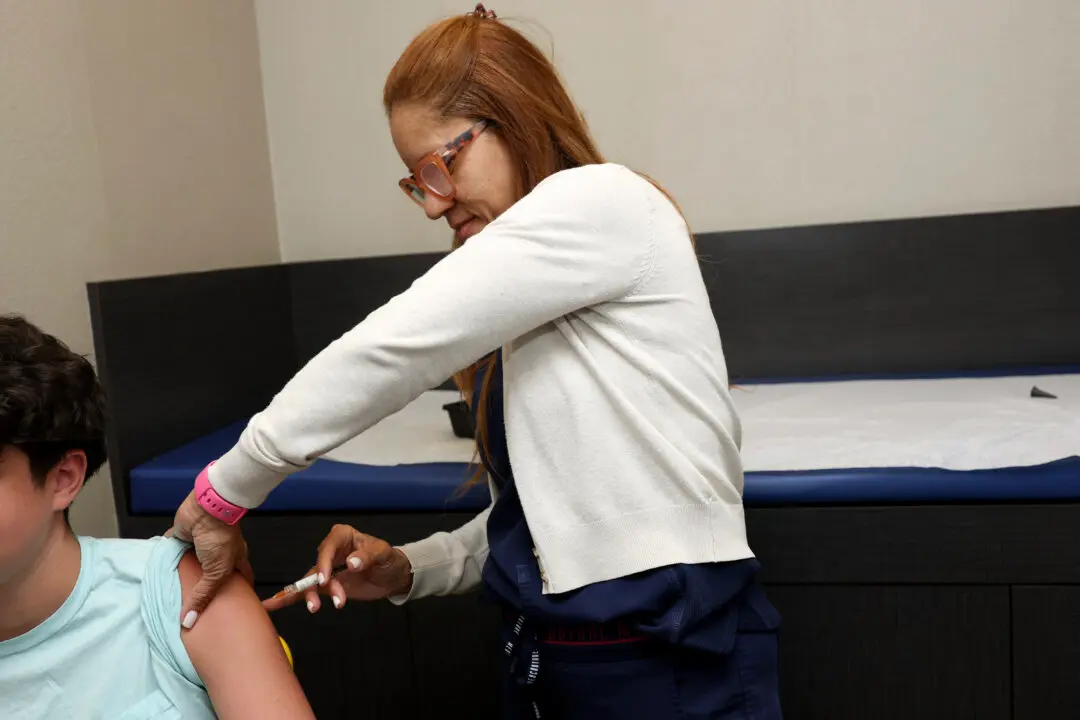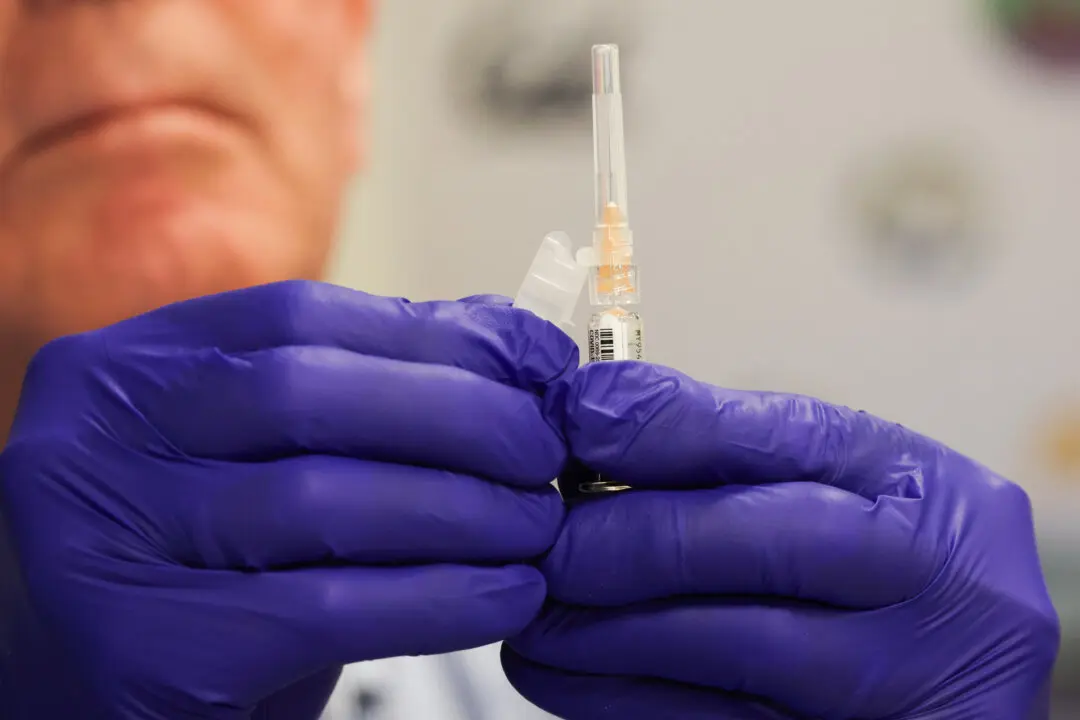A COVID-19 outbreak in a Massachusetts county in July primarily occurred among vaccinated people, sparking fears that a variant of the CCP virus can impact that population more than other strains.
Of the 469 cases detected in Barnstable County, 74 percent occurred among the fully vaccinated, according to a new study published on Friday.





